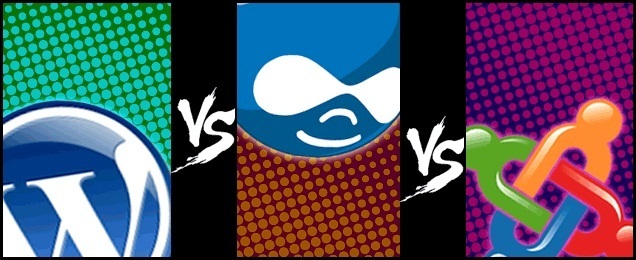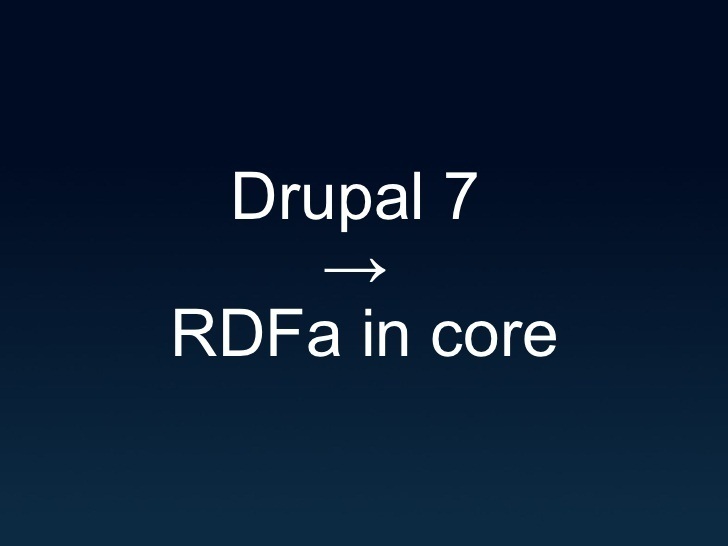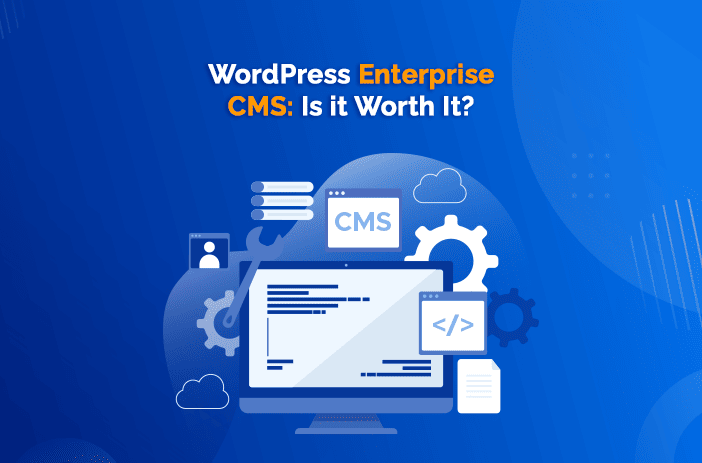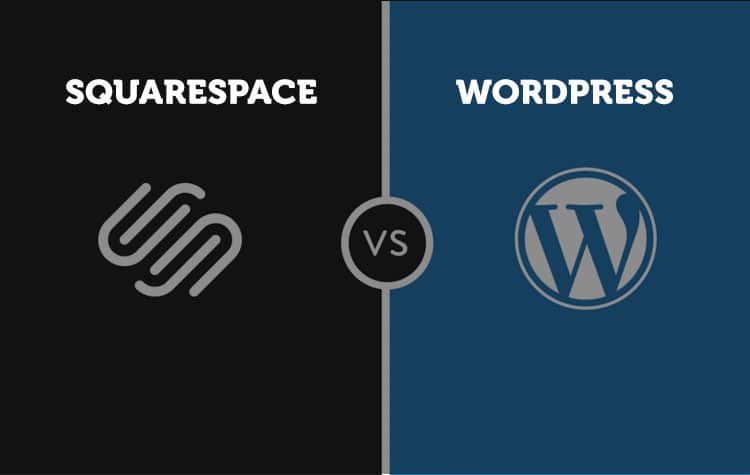Content management systems like Drupal, Joomla, WordPress are usually among the most popular CMS. As the internet becomes more interoperable and interconnected to us, the CMSs are changing a variety of ways. CMS enables you to manage your content on the website, even without having any technical training, expertise and experience. Using this uncomplicated system you can add, change, delete and edit content on the website and save transformations to the site. But you need to get clear about the developing trends, which may change the entire picture.
There are various reasons for utilising the content management system, but the reason which tops is that it makes content creation extremely easy and simple. There are many Content Management Systems which offer different functionality and different executing extensions. Depending on the requirement of the business website you are supposed to select the CMS on which your business website is prepared.
Here are few developing trends that are sure to change the way you would have otherwise operated your business website:
1. Merge themes with extensions
Designing is slowly melting with functionality and it can be considered as a welcome change according to me. The SEO features, which are included in this framework replaces a few plugins, which would be otherwise useful. Sometimes so happens that while setting up the CMS, the extensions can break away a theme function, not allowing it to validate properly. When the function and design are merged together, you can have a better chance of combining the fields and compress them near the bottom of the page where they belong.
2. Market Fracturing
The biggest drawbacks of the CMSs are usually its limited use without extensive customization, but with the above-mentioned CMSs, you can stay relaxed. Word-press is great for blogs and is working to expand their Buddy Press package now, to prevent further fracturing of the market. Also, when you choose a CMS like WordPress, it offers a tonne of options for plugins that helps to build a sound website in no fuss.
3. Introducing RDFa
Asking the end- users to structure social data lead to nothing but failure. There’s scarcely any being that cares to arrange their data online, but certain content programs are budding with the idea of automating the system how their data is structured. Like the introduction of the RDFa into the core code would allow Drupal 7 website to be run smoothly and will have an advantage of flexible vocabularies online.
4. Interoperability
The survey shows that semantic architectures are the most prevalent. Those days are gone when you would refer to one single website for just looking into its content and believing that the offered information is more than useful to them. Nowadays people wish to log in and get engaged by accessing the data to know more. So the CMS has to allow that setup.
Wrapping Up,
There is never a one-way answer to your problem of building a website. Sometimes, one CMS works best whereas sometimes the other works perfect. It all comes down to your requirements and flexibility you need for your web development process. Whatever it is, you will always need a web developer to handle your work. This is where Nirmal can help you get through the tough phases of web development work.







